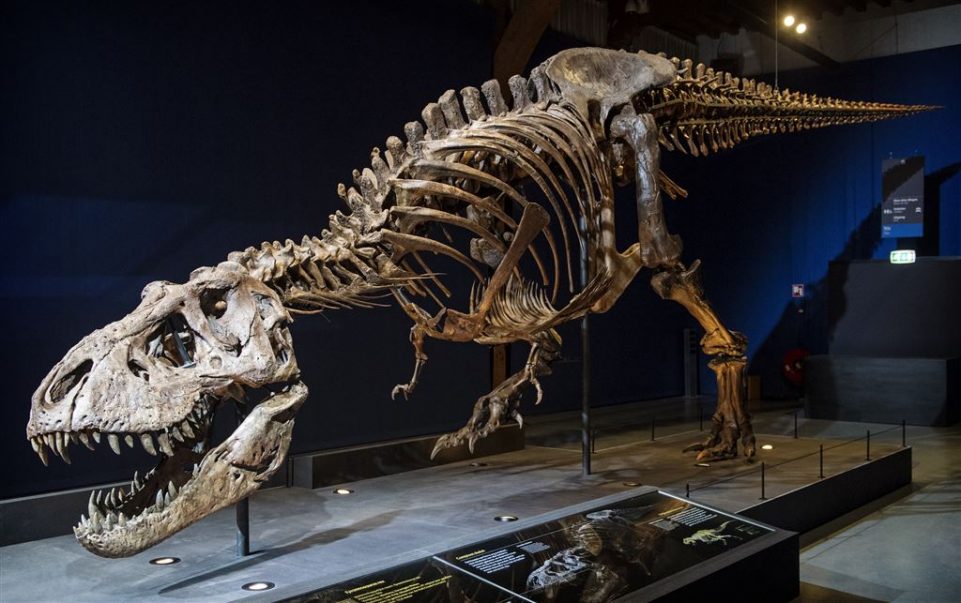| Period: |
Late Cretaceous period, at about 70 (or maybe 67) to about 65 million years ago. |
| Location fossiles: |
North America. |
| weight: |
An healthy adult could be at least 6 tons. Some folks sit higher like 7 tons. |
| Length: |
An healthy adult was at least 12 m. |
| Bite force: |
Some say 3 to 4 tons. Might even be as high as 5 to 6 tons. |
| Measured Adult Specimens: |
| The holotype: AMNH 973 |
Found in 1902. Length 11.9 m, weight was estimated to be 7.3 tons |
| T Rex "Stan": BHI 3033 |
Found in 1987. Length 10.9 m, weight was estimated to be 5.8 tons |
| The "Wankel" T Rex: MOR 555 |
Found in 1988. Length 11.6 m, weight was estimated to be 6.3 tons |
| T Rex "Sue": FMNH PR2081 |
Found in 1990. Length 12.3 m, weight was estimated to be well over 7 tons |


